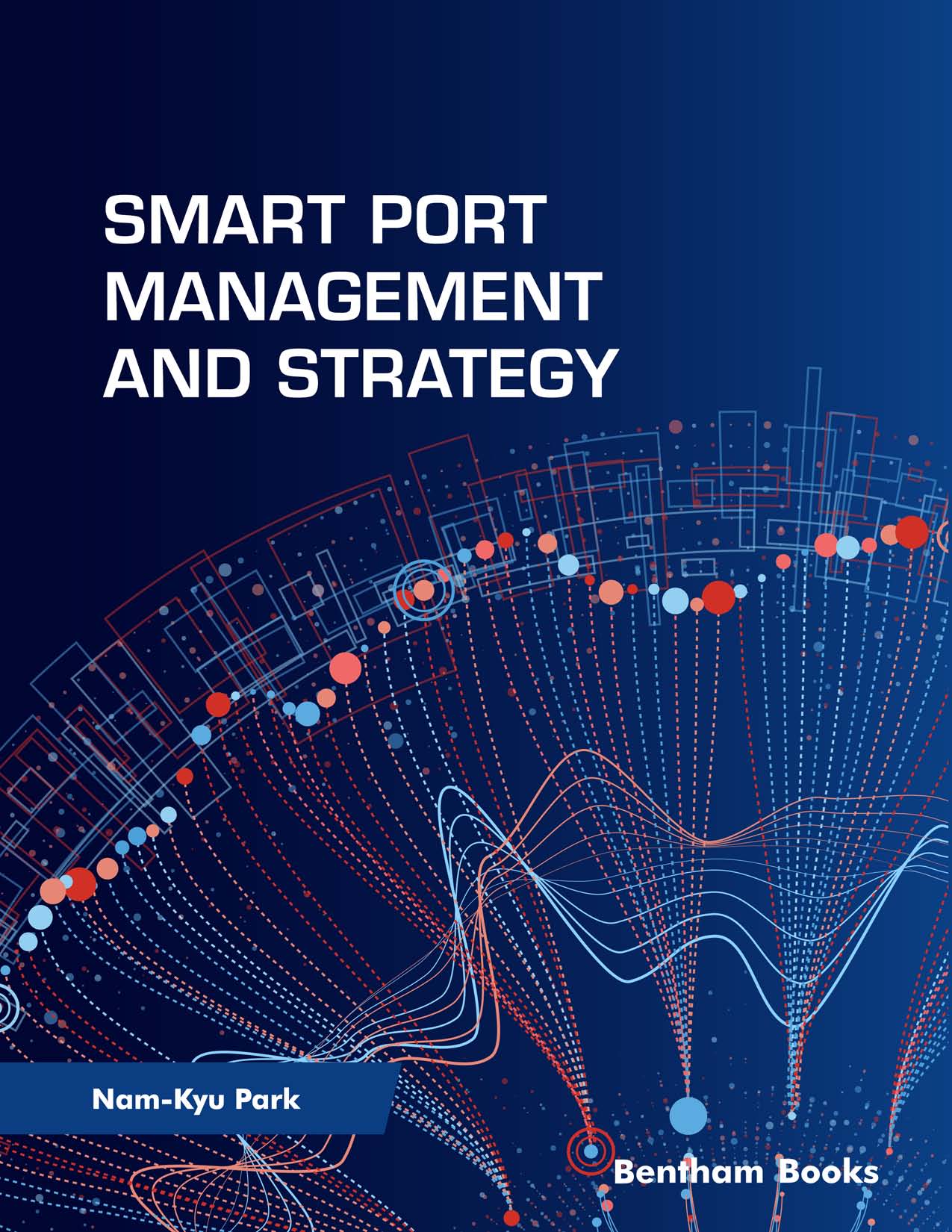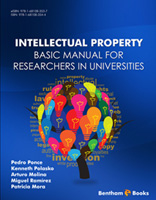Although discussions on smart ports have been steadily unfolding, most of them have been organized around concepts and technology. This book has been described in terms of the design, operation and strategy of smart port to improve the capacity and productivity.
Smart port is known as economic entity that improves services by applying 4th industrial revolution technologies such as sense, IoT, AI, robot, big data, and 5G communication to the traditional port management field. This technology entrusts the work of humans to robots and AI to make full use of the new strategy. Furthermore, the emergence of these new technology is also affecting changes in design and management practices.
Smart port consists of four main areas like operation, energy, environment, safety and security. Energy, environment and safety are closely linked to port automation. The energy used in the automated terminal is electricity, and the resulting environment is naturally improved. In addition, since it operates without people, safety is guaranteed. Apart from energy, environment, safety and security, all that remain in smart ports is port automation with robotic equipment and digital platform.
Since digitization and automation are basic requirements for smart ports, terminal design, equipment specifications, the number of required equipment like Quay Crane, AGV and ASC etc. and the digital platform for PPI (Port Performance Indicator) emerges as important topics.
In 2021, advanced ports are trying to meet the standards of productivity, safety and environment by building an automated terminal. The United States, Netherlands, Germany and China have already built automated terminals to achieve the improvement of productivity, safety and environment. However, the degree of achievement of the technology is still ongoing. Even if the author himself cannot predict how much the technology will develop, he tries to explain the strategy, design and operation in order to pursue the supreme status that smart port aims.
In general, a smart port is defined as a port that uses technologies such as big data, AI, and IoT, but the author does not focus on technology itself. If you go through the eight themes in this book, you will find that this technique is naturally incorporated into each subject. Viewing the complex system of ports as a simple application of technology does not properly explain smart ports.
When IoT technology is applied to a truck, it automatically identifies which truck it is and where it is currently. If this is attached to the container, what is the temperature and humidity of the cargo loaded into the container? Has the container been shipped? It will help you figure out where the container is now. Such a technology has already been tested on its own and is entering the stage of practical use. This book deals with gates to which OCR, RFID, and sensor technologies are applied in Chapter 2, 3, and 6.
Big data technology is also applied in this book. Port performance measurement in Chapter 5 is impossible without big data. Analysis technology is also important for big data, but a social system that collects it should be the premise. Fortunately, this book has provided access to Port-MIS, which is owned by the Korean government, allowing millions of data to be collected and analyzed. In addition, the friendly TOC was willing to provide terminal operation data for three years.
Robotic technology is being applied to smart ports. In Chapter 2, AGV and ASC are robots applied to port operation. This book does not explain the mechanical properties of robots. These transport equipment and loading/unloading equipment are being deployed on the premise that they are supplied by specialized companies.
AI is a technology that allows machines to replace human thinking systems. It consists of various areas such as automated reasoning and inference, machine learning and deep learning, knowledge reasoning, representation and discovery, and natural language. This chapter 7 deals with the operating system of an automated terminal. AI technology that commands and controls automation equipment such as AGV, ASC, and remote control QC is applied. Since the purpose of this book is how to create a smart port that maximizes productivity, efficiency, and capacity, it does not deal with these unique theories concerning AI.
The layout of the smart port needs to be evaluated by various factors such as cost, capacity, productivity and congestion. Simulation gives insight into solving this problem. The validity of the terminal design, the validity of the required number of equipment, and the waiting time are verified only through simulation. In this book, I would like to introduce the method revealed through experience.
CONSENT FOR PUBLICATION
Not applicable.
CONFLICT OF INTEREST
The author declares no conflict of interest, financial or otherwise.
Acknowledgments
The author appreciates ZPMC for providing precious material in writing.
Nam Kyu Park
International Logistics Department
Tong Myong University
South Korea




